Safety
Whilst harm caused to people from helicopters is rare, RC helicopters can be dangerous, please respect them.
Whatever you are doing with RC helicopters, please always put safety as your number one consideration and priority. Whilst a small in door electrical helicopter is unlikely to cause death, one could easily take an eye out or cause a person serious harm.
Whilst we do not accept any responsibility for any person or persons safety, or for damage caused to property either directly or indirectly as a result of the use of an RC helicopter, we would like to make some basic suggestions on general safety.
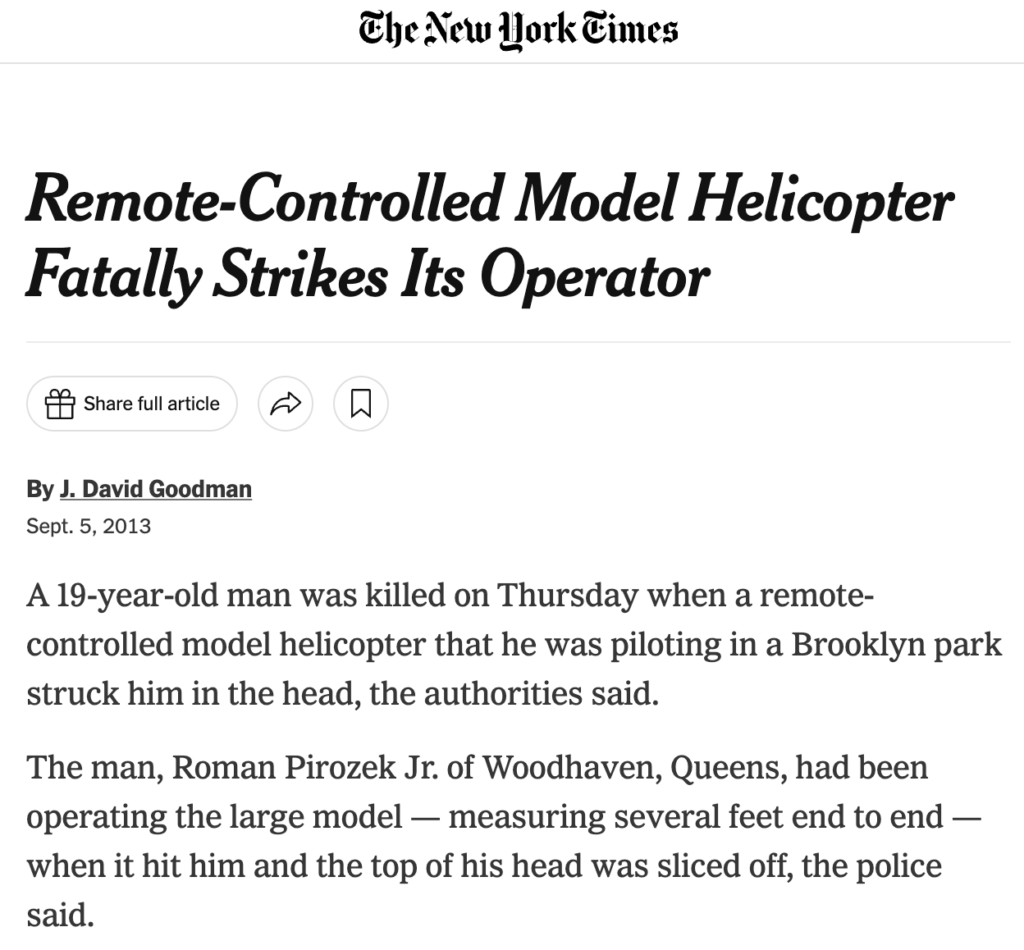
The following is not exhaustive and intended to stimulate thought around safety in general:
BMFA – British Model Flying Association
The BMFA provide third party liability insurance to its members. We highly recommend you visit the BMFA website and consider becoming a member. Please read the BMFA website or contact the BMFA regarding the insurances offered and what it covers. The BMFA are the governing body for model flying clubs and the BMFA are the experts on safety.
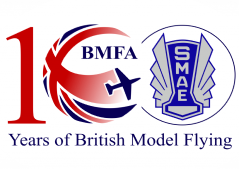
Join an RC Helicopter Club
The safest way to fly RC helicopters is at a BMFA (British Model Flying Association) affiliated flying club. Affiliated flying clubs will have a safety officer and a focus on safety. Clubs have members that can provide help, guidance, and even take control if needed. Two transmitters can be connected (buddy system) to allow an experienced pilot to take immediate control of a beginner’s helicopter if needed. A full list of affilated UK flying clubs can be viewed on the BMFA website, also a great way to find a club local to you.
Have an Exit Plan
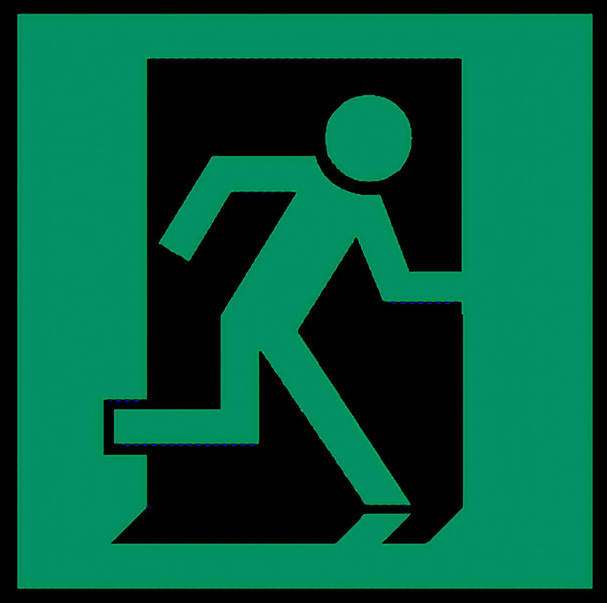
All RC helicopters have a motor kill switch on the transmitter, we would avoid the use of any helicopters that do not have a kill switch. The motor kill switch is referred to as “Throttle hold”.
Familiarise yourself with the location and operation of the throttle hold, and think about how you will operate it in flight when needed. If you feel you are not in control, kill the motor and let the helicopter fall to the ground. The throttle hold is also very handy if you are about to crash.
Hitting the throttle hold prior to impact will minimise any potential damage to your helicopter. Hitting the ground with the rotor blades under power will cause your helicopter to smash itself to bits on the ground “Doing the funky chicken” as it is known within the community.
Small Steps
If you are new to the sport, take small steps starting with reading our learn to fly section. Stay low, just a meter to two meters off the ground, and consider visibility at all times, the further your helicopter is away from you, the harder it is to see which way your helicopter is facing (the orientation). The first thing to master is take-off, controlled hover, and land.
Avoid Flying Alone
Please consider what might happen if you were to injure yourself when flying and needed help. If you are flying alone and worse still, if nobody knows where you are or what you are doing, how would you get help if needed?
Keep Your Distance
Please maintain a healthy distance between yourself and your RC helicopter. In preparation for take-off, place your helicopter on the floor with the nose facing away from you, and stand back. Consider what might happen if you lose control of your helicopter, do you have enough space to act and hit throttle hold should your heli start heading towards you or anyone or thing else.
Position
Always try to keep you helicopter directly in front of you. Do not allow the helicopter to fly behind you. If you lose control and the helicopter does fly behind you, stay calm, turn to face your helicopters position, and try to safely land your helicopter before picking it up and placing back on the same take off spot as before and start again. If you cannot safely land and you have lost all orientation, hit throttle hold and kill the motor.
Space
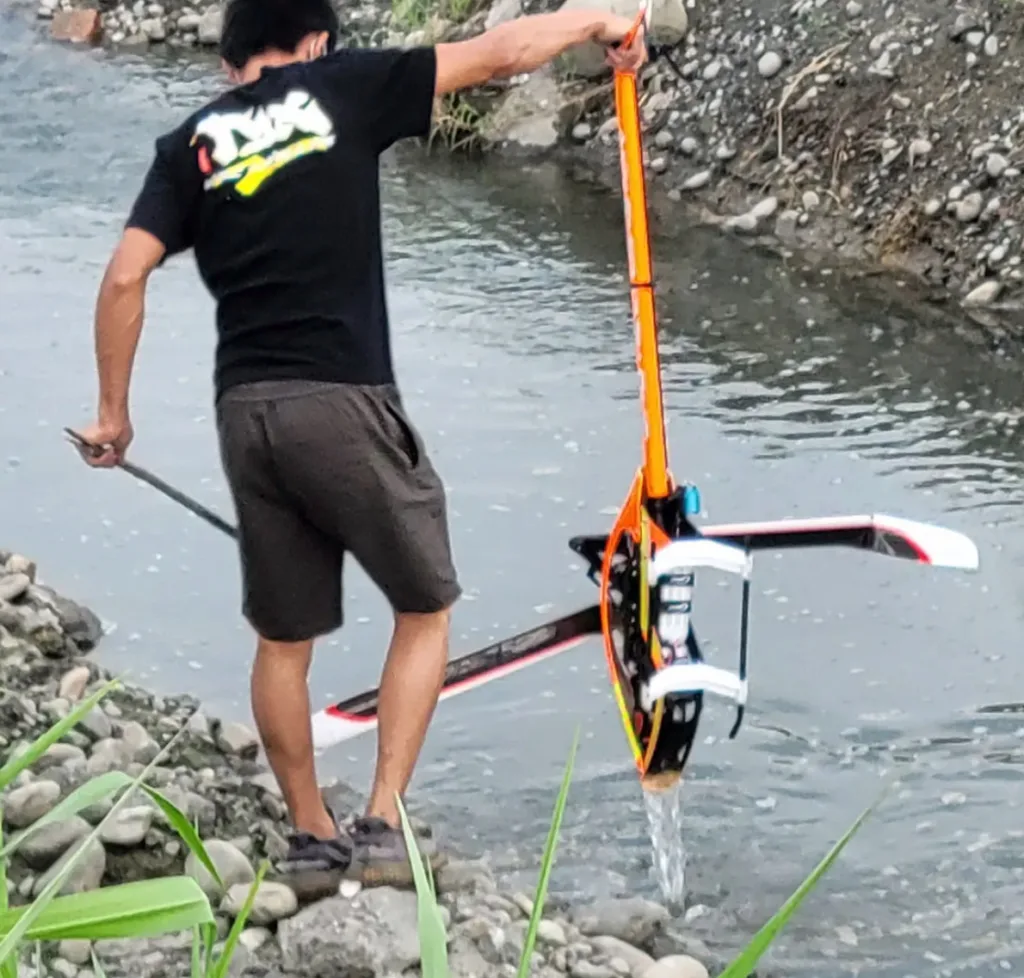
RC helicopters like space. It is very easy and common when learning to fly for the helicopter to get away from the pilot causing panic. Think about what’s around you, what would happen if you lost control of your helicopter possibly even through no fault of your own and for example as a result of a technical failure, could it fly into traffic on a nearby road, hit property, animals, or be lost in water.
Think about what might happen worst case scenario, and who’s ultimate responsibility it would be to cover any resulting costs. When first learning to fly, you will notice that your helicopter seems to love trees, if there is a tree nearby, you can almost guarantee your helicopter will find it.
Helicopter Flying Off into the DIstance
Hit throttle hold to kill the motor, and take any crash damage on the chin. It is far easier, quicker, and cheaper to repair a crash damaged helicopter than it is to spend hours looking for a rouge or lost helicopter to then not find it. Losing a helicopter is absolutely heart breaking, and something that will bug you for many months if not years to come. It is common for an RC helicopter to get away from a rookie pilot, and for the pilot to then think the helicopter is flying back towards them, when in actual fact, it’s flying in the opposite direction, away from the pilot.

Once a helicopter is a certain distance away from you, It can be very difficult to see if a helicopter is flying towards or away from you. Just hit throttle hold to kill the power to the motor.
